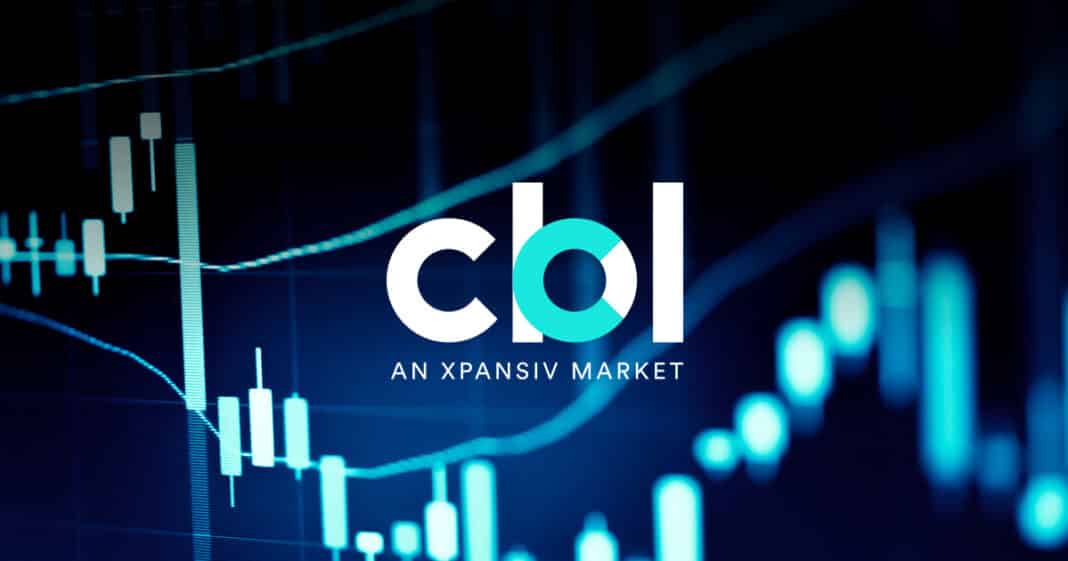Xpansiv’s CBL marketplace is the world’s largest exchange for carbon credits, RECs, water, and Digital Fuels. They have just launched their newest emissions benchmarks, Core Global Emissions Offset (C-GEO).
Within one day, transactions covered 127,207 metric tons of carbon.
Initial buyers of C-GEO.
Buyers were Carbon Growth Partners, Chevron USA Inc., EKI Energy Services Ltd., Fathon Energy LLC, Mercuria Energy America, LLC, Radicle Group Inc., and Virdiros Capital.
According to Manish Dabkara, CEO and CMD of EKI Energy Services, “The state-of-the-art platform is a great enabler for global companies like us as we continue our stride toward making the planet greener with our strategic and sustainable solutions.”
CBL’s existing benchmarks.
Existing CBL benchmarks include the Global Emissions Offset (GEO) and Nature-Based Global Emissions Offset (N-GEO).
Ben Stuart, Chief Commercial Officer at Xpansiv, said, “The GEO and N-GEO have been a tremendous success in enabling greater market transparency, price discovery, liquidity formation, and risk transference, proving the benefits of standardized benchmarks in voluntary carbon.”
Stuart went on to say that “The C-GEO contracts are the latest evolution of our product design to enable markets to more effectively scale to meet critical net-zero goals.”
How C-GEO works.
There are two parts to C-GEO: C-GEO-1 and C-GEO-2.
Credits with C-GEO-2 are on a rolling schedule. So older credits will no longer be available as CBL adds new ones. This will help CBL set up long-term contracts.
C-GEO-1 is separate. It will collect credits that roll off so participants can still trade older credits since there still are some benefits.
Why Carbon Credits?
The carbon credit industry is booming as companies search for simple ways to reduce their carbon footprint. Even world leaders see the value of carbon credits. At COP26, world leaders agreed to set a global standard to improve the carbon marketplace.
Because of this, many believe the carbon credit industry could be valued at $100 billion by 2030. This is up from a value of just $300 million in 2018.
There are approximately 100 million credits available with C-GEO-2 – quite a bit more than GEO and N-GEO.
C-GEO has around 57 million credits available.


